Introduction: AI×food=a technological storm that changes your dining table
1. The AI revolution in US food factories: from "artificial experience" to "intelligent decision-making"
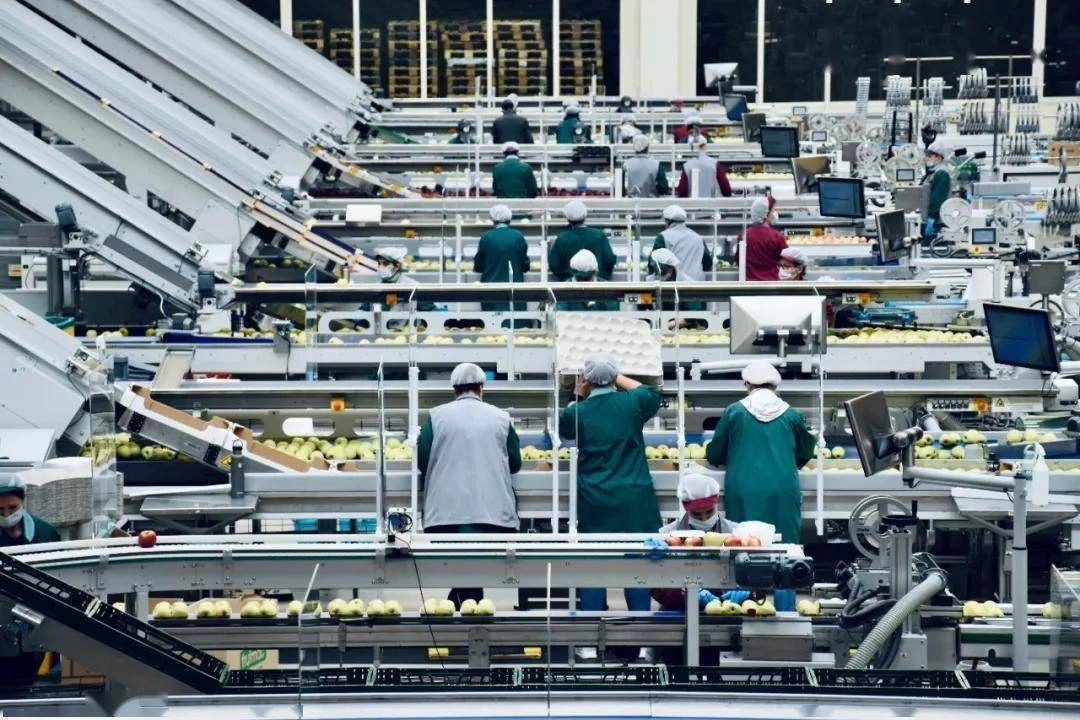
In the batching workshop of a meat processing plant in California, once the intelligent weighing system detects the raw material packaging, the IoT device equipped with machine vision will automatically collect data. In the real-time data stream on the quality monitoring platform, any illegal addition behavior will trigger the AI early warning system to ensure food safety.
This scene is a microcosm of the transformation of the US food manufacturing industry-through the IoT perception network and deep learning algorithms, food production is shifting from relying on manual experience to full-link data intelligence. From raw material traceability to process optimization, from process control to quality traceability, machine vision, big data analysis and edge computing technologies are reshaping the ecological landscape of the US food industry.
The scale of the US food industry exceeds 2 trillion US dollars, but efficiency bottlenecks, food safety issues and diversified consumer demand have long plagued the development of the industry. The outbreak of AI is becoming the key to solving the problem-McKinsey report shows that more than 65% of US food companies have deployed AI in their core businesses in 2024. This digital revolution from farm to table is redefining the future of "Made in America" food.
2. AI competition among American food giants: Who is leading?
Coca-Cola: Using AI to design limited-edition beverages, packaging and flavors are generated by algorithms, accurately matching the taste preferences of Generation Z.
Nestle USA: Deployed AI quality inspection system in Chicago factory, production efficiency increased by 50%, and raw material waste reduced by 20%.
Unilever USA: Set up AI laboratory, launched salt-free soup cubes and plant-based mayonnaise, and the formula iteration speed increased by 3 times.
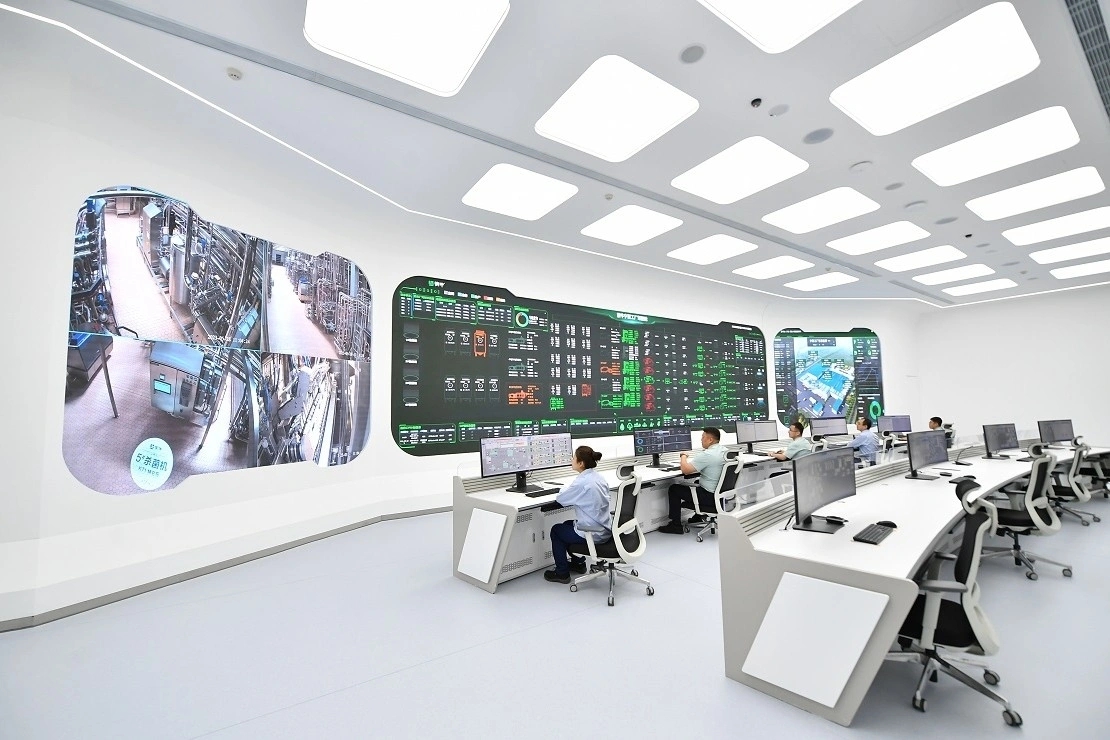
American local companies also performed well:
California organic dairy company Stonyfield: Through AI optimization of pasture management, milk production increased by 15% and carbon emissions decreased by 10%.
Texas snack giant Frito-Lay: Use AI to adjust potato chip baking parameters, product crispness consistency increased by 25%, and reduce raw material waste.
3. How does AI change the American food industry? Five core application scenarios
1. Production process: from "manual operation" to "intelligent control"
Parameter optimization: Frito-Lay uses AI to analyze tens of thousands of production data, accurately control temperature and time, and improve product consistency by 30%.
Energy management: California brewery Stone Brewing introduced an AI water circulation system, with a water resource utilization rate of 85%.
Dynamic scheduling: American dairy giant Dean Foods uses AI to connect factory equipment in series, adjust production rhythm in real time, and reduce costs by 28%.
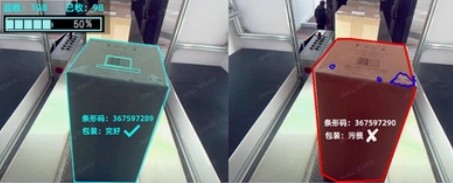
2. Quality inspection: AI's "fire eyes"
Visual inspection: California nut brand Diamond Foods uses AI to identify damaged packaging and foreign objects, and the defective rate has dropped from 8% to 1.5%.
Real-time monitoring: The US "Sunshine Foods" uses AI to capture illegal operations, with more than 100,000 warnings per year.
Ingredient control: The smart traceability scale automatically records the amount of additives used, and an alarm is triggered if the amount exceeds 0.1 grams.
3. Product development: data-driven "taste revolution"
Flavor map: American coffee brand Blue Bottle and AI company jointly established a coffee sensory database, shortening the new product development cycle by 40%.
Market insights: Danone USA scanned consumer data and launched low-sugar, high-protein yogurt, with regional sales increasing by 180%.
Molecular design: California biotech company Ginkgo Bioworks uses AI to calculate protein structure and mass-produce low-cost natural vanillin.
4. Supply chain: from "passive response" to "predicting the future"
Demand forecasting: Walmart USA integrates weather and social trend data to increase inventory turnover by 25%.
Logistics optimization: McDonald's USA uses AI to plan delivery routes, reducing logistics costs by 15% during peak seasons.
Traceability and anti-counterfeiting: IBM Food Trust tracks the entire food chain, reducing waste by $1 billion each year.
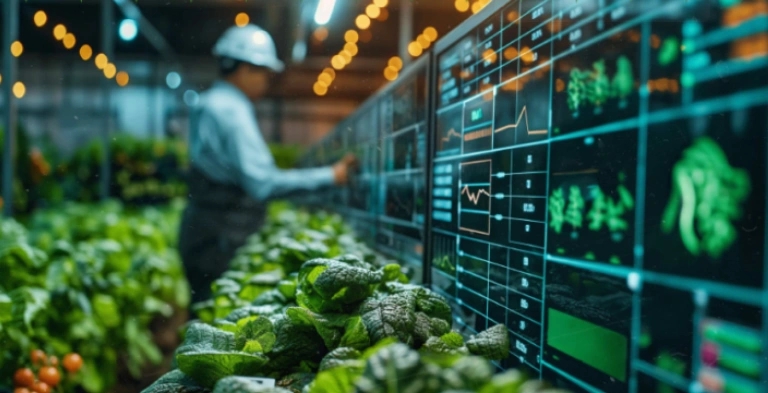
5. Sustainable production: a win-win for green and efficiency
Resource recycling: California food factory Amy's Kitchen's photovoltaic power generation system reduces carbon dioxide emissions by 8,000 tons per year.
Precise consumption control: Nestlé's US factory uses AI to detect production line defects, reducing raw material waste by 15%.
Packaging optimization: AI algorithms design recyclable packaging, reducing material costs by 20%.
4. Future trends: Three major directions of US food AI
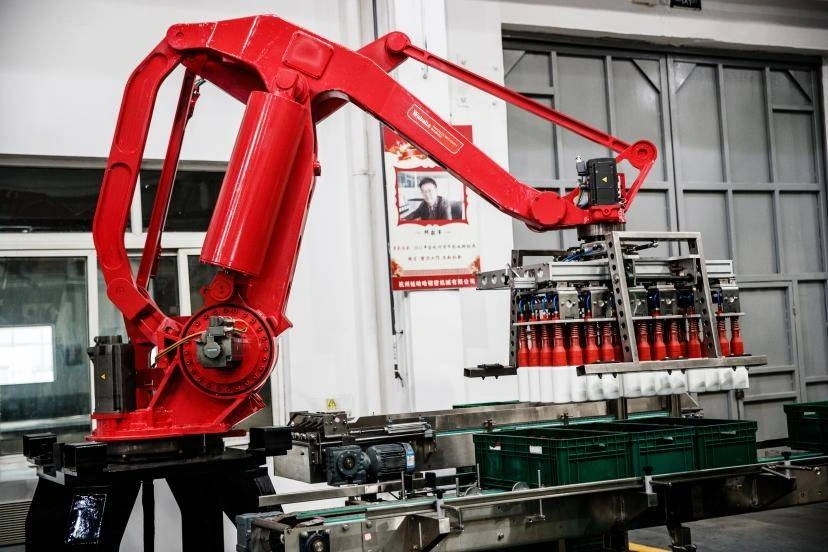
Data assetization: The US government promotes the "data asset inclusion" policy, and the production and consumption data accumulated by enterprises will be transformed into core assets. Giants such as General Mills (General Mills) have established private AI models, and small and medium-sized enterprises can share data dividends through the cloud.
Full-chain collaboration: AI will shift from single-point breakthroughs to full-chain integration. For example, Kraft Heinz plans to use AI to connect R&D, production, and logistics, and it is expected that costs will drop by another 15%.
Technology inclusion: Government subsidies lower the threshold for AI, and small and medium-sized enterprises can also enjoy the benefits of intelligence.
Conclusion
When AI can mix a perfect cup of coffee and when algorithms can predict the next season's popular snacks, the boundaries of the US food industry are being redefined. This change is not only a victory for technology, but also a deep response to consumer demand.
"In the future, American food companies that do not use AI will be like factories without electricity." Whether it is a giant or a startup, only by embracing AI can they gain the upper hand in the wave of food economy.